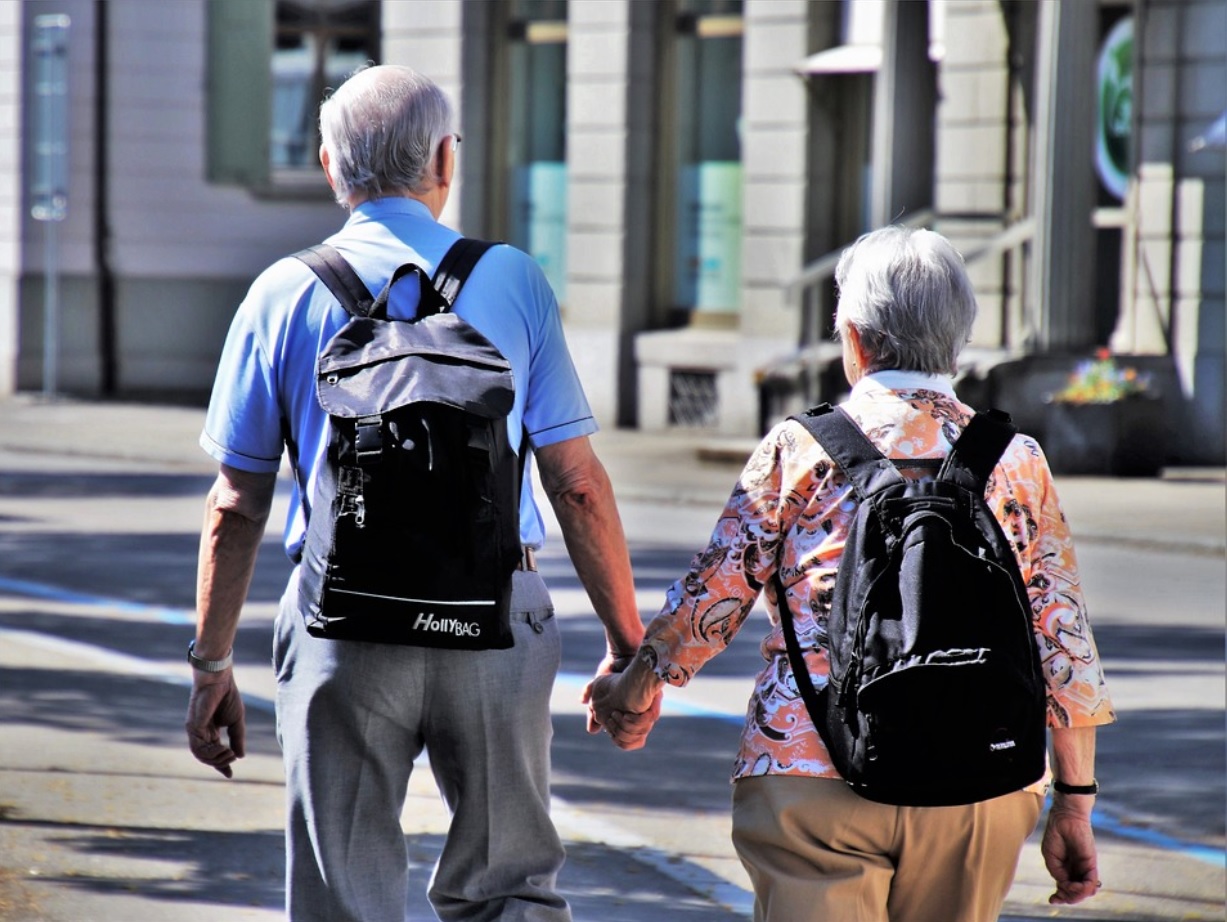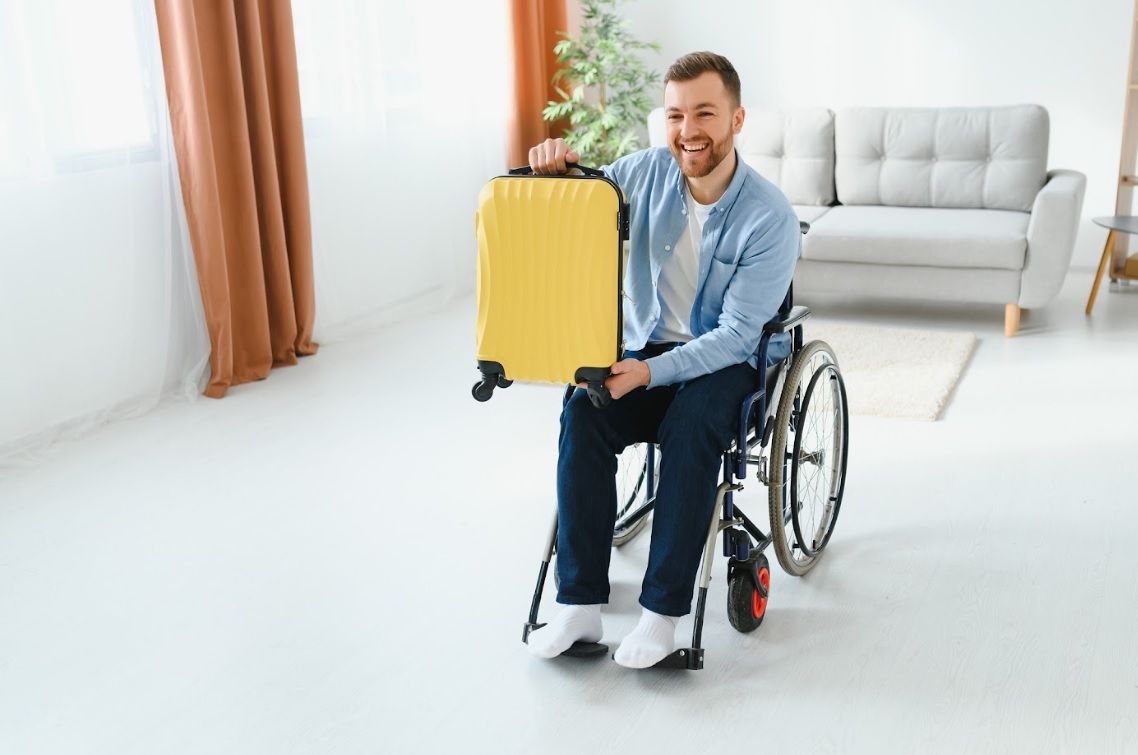Air travel with a chronic condition isn’t just a challenge; it’s a test of preparation and resilience. Millions navigate this reality, balancing health management with the desire to explore.
The goal is to turn your travel concerns into confidence. This guide provides practical strategies for safe, comfortable air travel with chronic conditions. You’ll find advice on everything from pre-travel planning to managing your condition mid-flight. Read on to make your next journey less daunting and more enjoyable.
Pre-Travel Planning
Consult Your Healthcare Provider
Before your flight, consult with your healthcare provider or medical team. Assess your travel readiness and discuss risks, especially if you need an airplane wheelchair or other accommodations. Your doctor will provide you with specific recommendations.
Gather Necessary Medical Documentation
Always carry your important health documents while traveling. This includes lists of prescriptions, medical clearance letters, and disability certifications, which are essential for emergencies or if medical care is needed.
Pack Essential Medications And Supplies
Ensure you have sufficient supplies of all medications and medical equipment. Plan for delays and potential luggage loss. A carefully packed medical kit serves as your first line of defense while traveling.
Choose Direct Flights And Avoid Connecting Flights
Select direct flights to reduce travel time and minimize disruptions. Direct flights also reduce exposure to potential health hazards and stress, making your journey smoother.
Destination-Specific Planning
When planning your trip, thoroughly research healthcare options at your destination. Identify local hospitals and pharmacies and keep emergency numbers handy. If climate affects your condition, check the weather forecast and plan accordingly for effective health management.
Medication restrictions can also impact access to healthcare and medical management. Before traveling, contact your destination’s consulate or foreign embassy regarding prescriptions. Some countries have strict laws on what medications you can and can’t bring. Also, familiarize yourself with cultural practices. Doing this ensures a seamless experience while managing your condition abroad.
Navigating Airport Procedures
Navigating airport security with a chronic condition requires thorough preparation. Check TSA guidelines and procedures for declaring any medical devices or equipment before arriving at the airport. A note from your healthcare provider for your medical necessities can ease the security process.
If you need mobility assistance or have accessibility needs, coordinate with the airline in advance. Inquire with them about the availability of early boarding or other assistance services to accommodate your concerns. Airlines typically assist passengers with health concerns, but it’s best to arrange this in advance to avoid any last-minute complications.
Managing Your Chronic Condition During Air Travel

Hydration And Nutrition
Keep yourself well-hydrated while traveling. Drink water regularly and avoid too much caffeine or alcohol, especially before your flight. Eating balanced meals and carrying healthy snacks helps maintain stable blood sugar levels.
In-Flight Physical Activity
If it’s within your capabilities, gentle in-seat exercises can help maintain circulation and prevent Deep Vein Thrombosis (DVT). Perform simple physical activities like leg lifts and ankle rotations and walk in the aisle when possible. Take care not to disturb your fellow passengers while you’re at it.
Compression Stockings
If you’re at risk of DVT, consider wearing compression stockings. These items help maintain blood flow and reduce the risk of circulation problems during long flights.
Manage Stress And Anxiety
Air travel can bring up a range of emotions, from stress to excitement. Acknowledge these feelings as a normal part of the experience. Use deep breathing or meditation techniques to stay relaxed and calm during your flight. Listening to calming music may also help reduce your stress.
Specific Considerations for Common Chronic Conditions
Cardiac Conditions
If you have a heart condition, be aware of cabin pressure changes. Consult your healthcare provider about needing a medical clearance letter and discuss any medication changes before your flight.

Respiratory Conditions
Keep hydrated and avoid triggers like dry air. Carry your prescribed medications and any necessary health aids, such as inhalers, to manage your respiratory condition effectively during the flight.
Diabetes
Regularly monitor your blood sugar. Bring enough insulin and testing supplies and be prepared to adjust medication dosages as necessary during your journey.
Additional Tips For A Smooth Travel Experience
Inform the airline in advance about your specific needs. This preparation helps them provide necessary assistance, such as special seating or dietary requirements. Early communication can make a significant difference in your travel experience.
Choose a seat that meets your accessibility and comfort needs. An aisle seat offers easier access to restrooms and makes moving around during the flight more convenient. Comfort is vital, especially on longer flights, so select a seat that caters to your needs.
Develop a contingency plan for delays or cancellations, including extra medication, a list of local healthcare providers at your destination, and a backup accommodation plan. This foresight can alleviate stress in unforeseen situations and keep you equipped to manage your condition effectively.
Final Thoughts
You now have the tools to manage air travel effectively with your chronic condition. Apply these tips to travel with greater ease and less anxiety. Always consult your healthcare provider and plan meticulously.
Thorough preparation empowers you to travel without letting your health set boundaries. With thoughtful planning and self-care, your travel can be both safe and enjoyable, opening up new opportunities for adventure.
